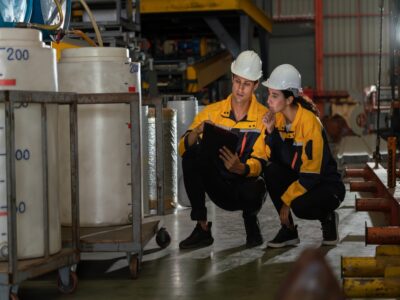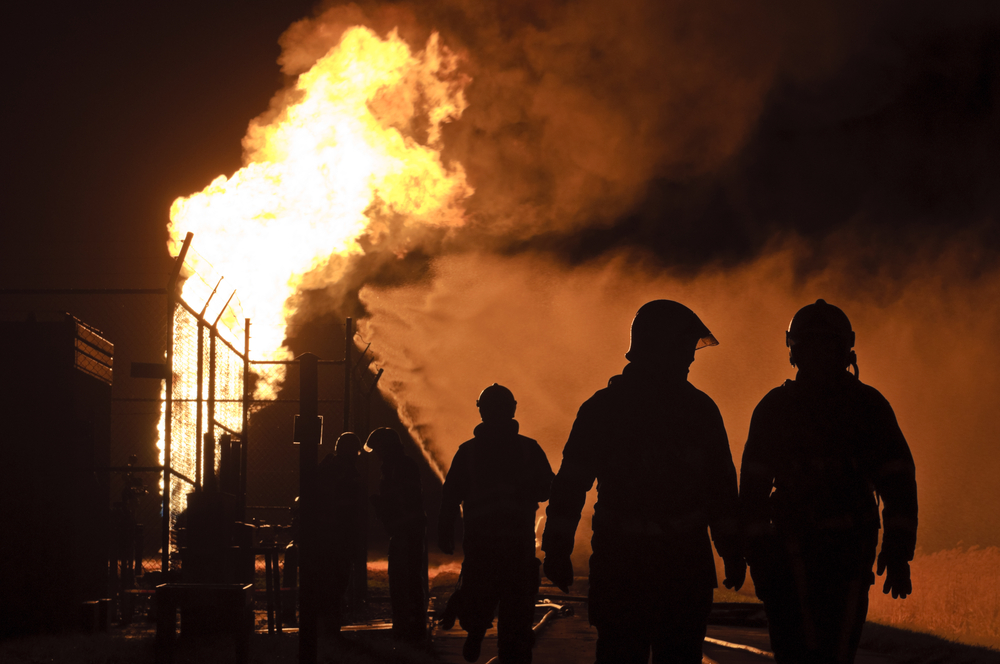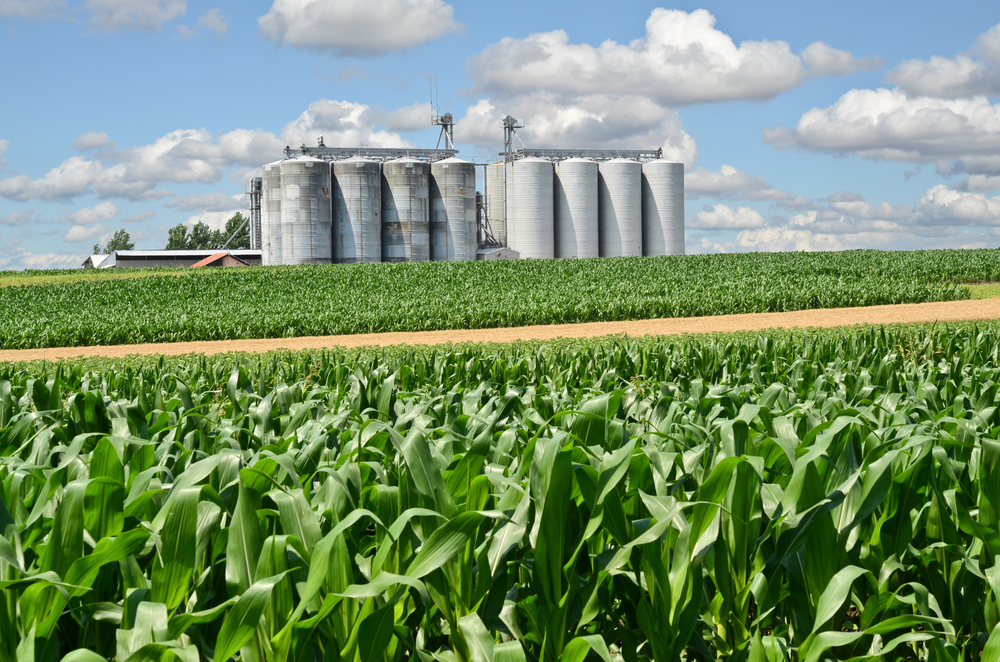
Fires and explosions can lead to catastrophic events that cause serious injuries or death of workers. If you are conducting a business that handles flammable materials, it is important that you take the necessary steps to prevent the possibility of fire or explosion. At Stonehouse Process Safety, we specialize in fire and explosion hazard assessment. We possess deep knowledge about flammable substances that are associated with hazardous atmospheres and areas.
What is Fire and Explosion Hazard Assessment?
The effects of accidental explosions and fires can be devastating in terms of environmental and property damage, impaired business continuity, injuries, or even loss of life. Industries that often work with flammable solids, gases, dusts, and liquids need to understand and guard against these potential hazards to reduce the risk of fires and explosions. Fire and explosion hazard assessment is the process of conducting hazard assessments and ensuring all ignition, oxygen, and fuel sources are identified at or adjacent to the proposed work site or industrial process.
Why Should You Work with Stonehouse Process Safety for Fire and Explosion Hazard Assessment?
Stonehouse Process Safety has knowledge of the various types of process fire and explosion hazards, consequence modeling, and escalation potentials. We utilize our fire and explosion hazard assessment expertise and skills to help our valued clients develop semi quantified process fire risk assessment methodologies. Our team can advise on the most effective fire protection measures, ranging from ignition control and area classification, including ATEX or DSEAR compliance, through emergency response, mitigation, control, and detection. We also offer comprehensive fire safety management support that is cost-effective in the long term. Contact Stonehouse Process Safety today to learn more about our fire and explosion hazard assessment expertise!
We also offer virtual process safety training courses such as Exploding dusts, Explosions, Static Electricity and HAC (Hazardous Area Classification). Find out more here.

Get in touch
To learn more about our expertise and services in dust explosion prevention & mitigation, call us at +1 609 455 0001 or email us at [email protected] today.
We also offer tailored virtual and in-company process safety training programs on Dust Explosions, Static Electricity and HAC (Hazardous Area Classification) and more. Find further information here.










